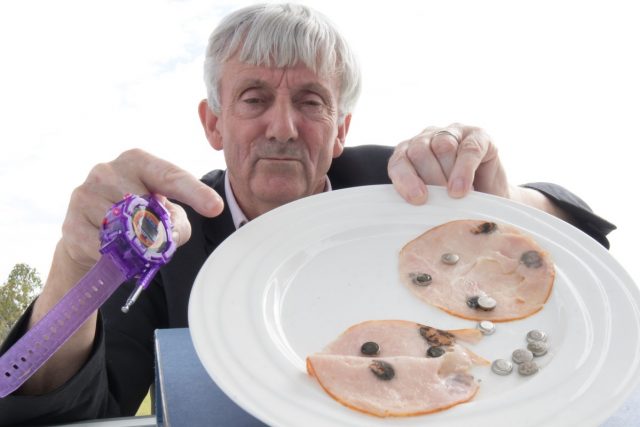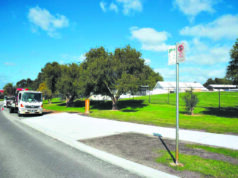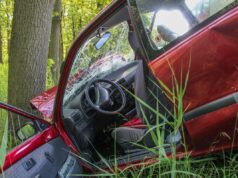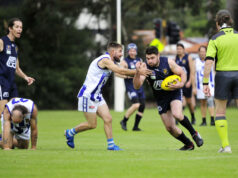Curious youngsters are easily drawn to shiny, coin-sized batteries if they are loose or removed from the items they power, such as toys, key fobs, remote controls, calculators, watches and now ‘Walkie Talkies’.
East Cannington resident Desmond Bowers said the button batteries found in Walkie Talkies are being provided at multiple primary schools in the state as part of the WA Scholastic Book Club.
The Book Club is a program that allows teachers to engage with students when reading and enables them to strengthen their vocabularies, critical thinking skills and general knowledge.
However, schools placing orders at Book Club can alternatively use school rewards by purchasing educational resources.
Some of these resources found in the Issue 5, 2019 term 3 (How to be a best friend forever book) catalogue, include these Walkie Talkies and it appears that these devices have button batteries that Mr Bowers said are potentially dangerous.
Last week Mr Bowers performed an experiment to determine whether these batteries could react with moisture found in skin.
He used a piece of ham and placed the six batteries found in one Walkie Talkie to record the reaction over 12 minutes, four hours and 12 hours.
Mr Bowers said he wasn’t surprised to see an extreme reaction within the 12 minutes after the batteries began to burn the ham.
“I call this “Trojan Horse Marketing”, he said.
Commissioner for Consumer Protection Penny Lipscombe said a safety warning notice has been issued regarding the risks associated with button batteries.
“These batteries are responsible for an estimated 20 emergency presentations per week by Australian children who have ingested or inserted them,” she said.
“There have tragically been two deaths of young children in 2013 and 2015 that starkly show the dangers of these batteries.
“The danger is that they can get stuck in a child’s throat and burn through the oesophagus in as little as two hours.
“Those who survive can require feeding and breathing tubes and multiple surgeries and children under fi ve years old are at the greatest risk.”
Ms Lipscombe said the Australian Competition and Consumer Commission is evaluating a national button battery strategy to see if self-regulation through an industry code is working.
“While preliminary findings indicate progress by suppliers and recalls of many unsafe products, button battery exposure continues to present a serious health issue for Australian children,” she said.
It is a requirement that compartments containing button batteries are difficult for young children to open, such as those that require use of a tool or complex hand movements to release them.
Some of the battery ingestion symptoms can result in quicker action, including gagging, choking or drooling, throat or chest pain, coughing or noisy breathing, unexplained vomiting or food refusal, black or red faeces or vomit, nose bleeds or unexplained fever.
To prevent these symptoms, it is advised that people keep loose coin-sized button batteries (new or old), or devices which contain them out of reach of children.
If a child swallows a button battery do not let them eat or drink, do not make them vomit and seek immediate medical attention, a burn can occur within just two hours.














